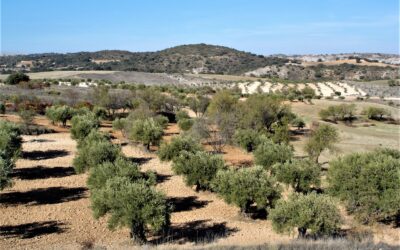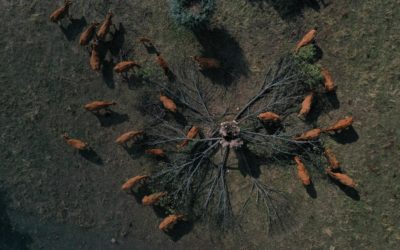Peri-urban SAMUTER in metropolitan contexts and large urban agglomerations
Case Studies
Although most agri-food systems operate under urban influence as a global phenomenon, these SAMUTERs operate in areas close to large cities in metropolitan or urban-regional contexts, with strong pressures on land and water use, but with the comparative advantage of proximity to large fresh produce markets. They develop on different agrological bases (sedimentary plains, countryside, mountain areas, etc.), but always under direct urban influence, which is the functional criterion that differentiates them. Traditionally irrigated SAMUTERs abound, given the frequent location of cities next to river meadows and on historically irrigated coastal plains. These agrosystems usually cultivate highly fertile soils, manage old hydraulic infrastructures of high heritage interest and keep alive multifunctional landscapes of high strategic interest, which provide supply, regulation and cultural services to territories under heavy pressure from urbanisation.
Horticultural agrosystems and mosaic dryland farming in the Las Vegas region (Madrid).
DOI: 10.5281/zenodo.7633909 Peri-urban SAMUTER model in metropolitan and large agglomeration contexts Authors: Rafael Mata Olmo and Carolina Yacamán Ochoa Overview of SAMUTER This urban agri-food system, anchored in the territory of the fertile plains and moors of...
Transmountain ash pollarded and grasslands in the foothills and Sierra de Guadarrama
DOI: 10.5281/zenodo.7607474 Peri-urban Samuter model in metropolitan contexts and large urban agglomerations Authors: Nieves López-Estébanez, Fernando Allende Álvarez and Pedro Molina-Holgado Overview of SAMUTER In the intramountain valleys and the final foothills of...


